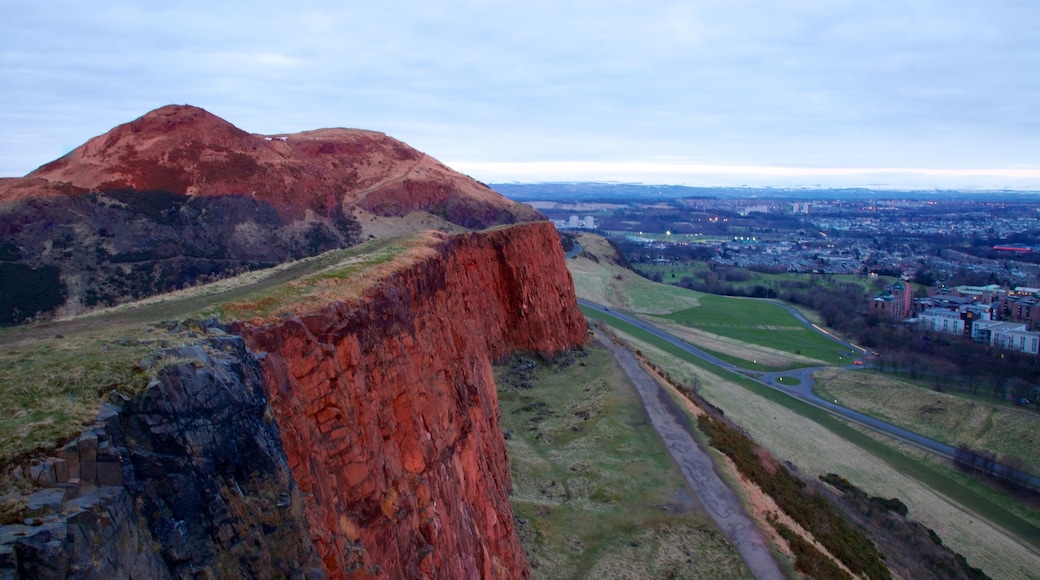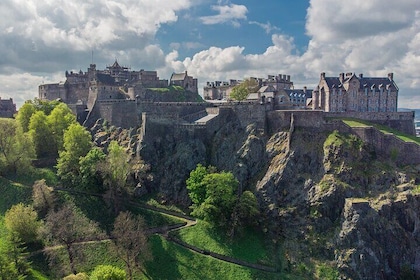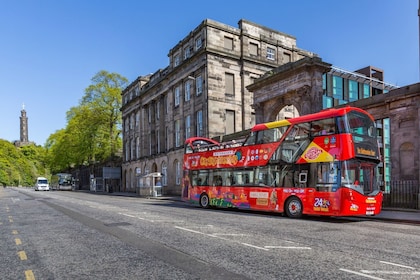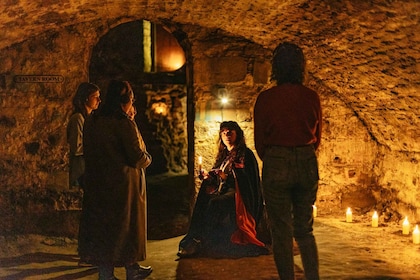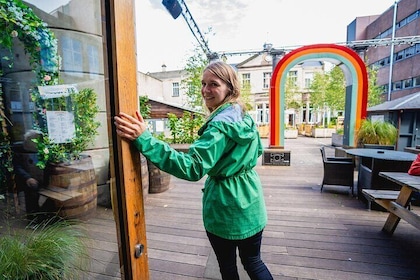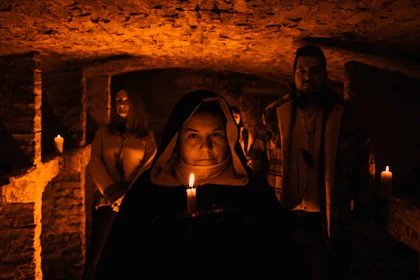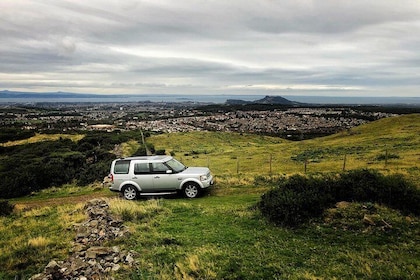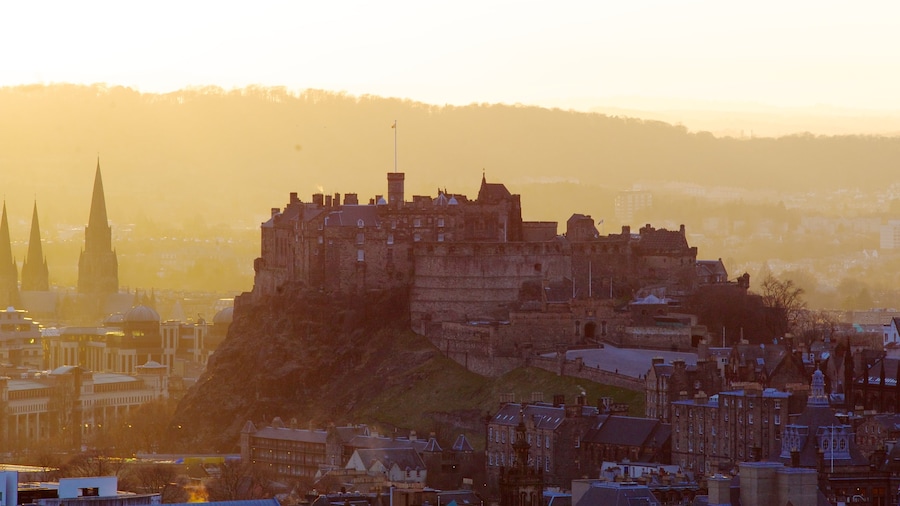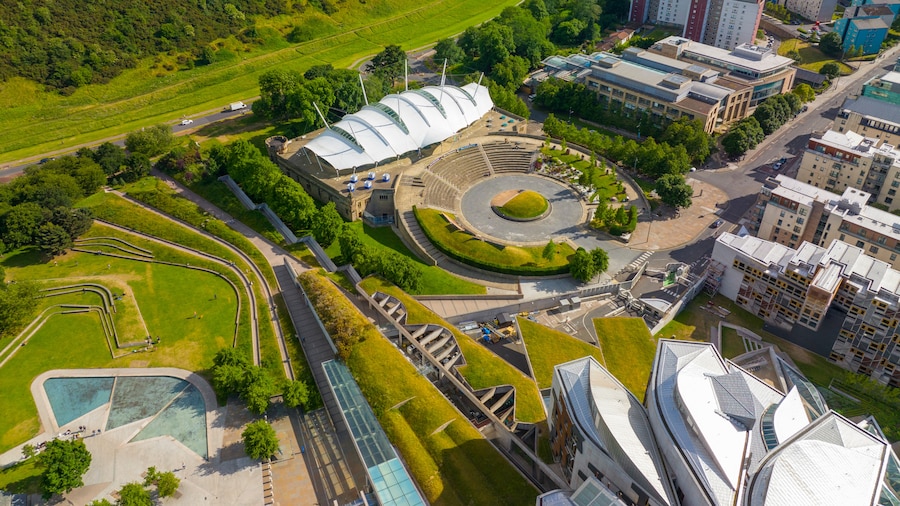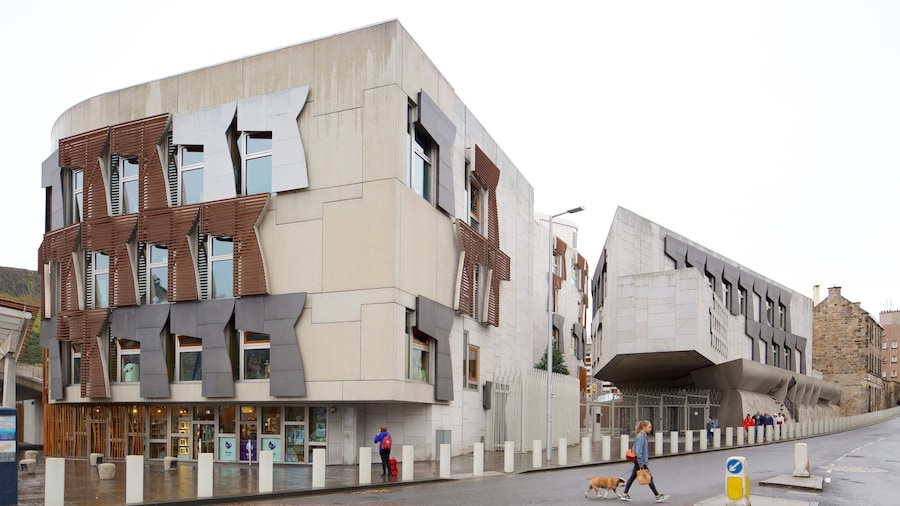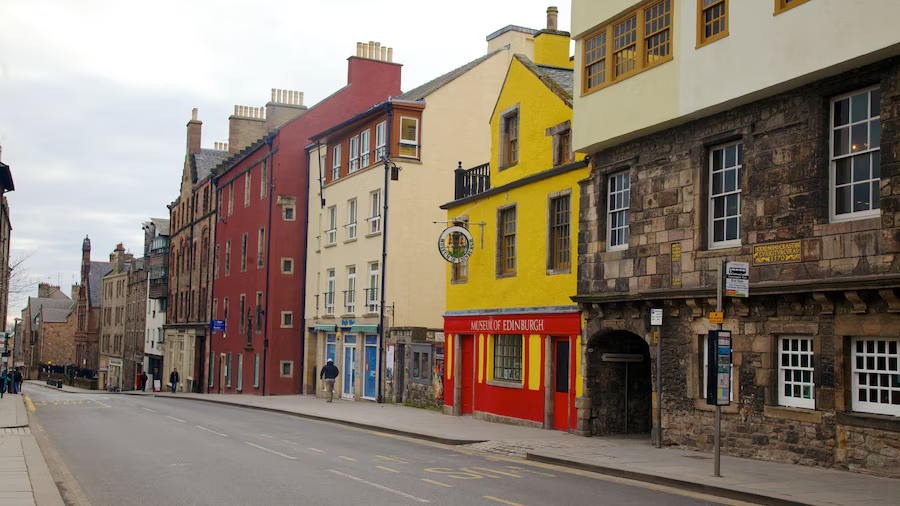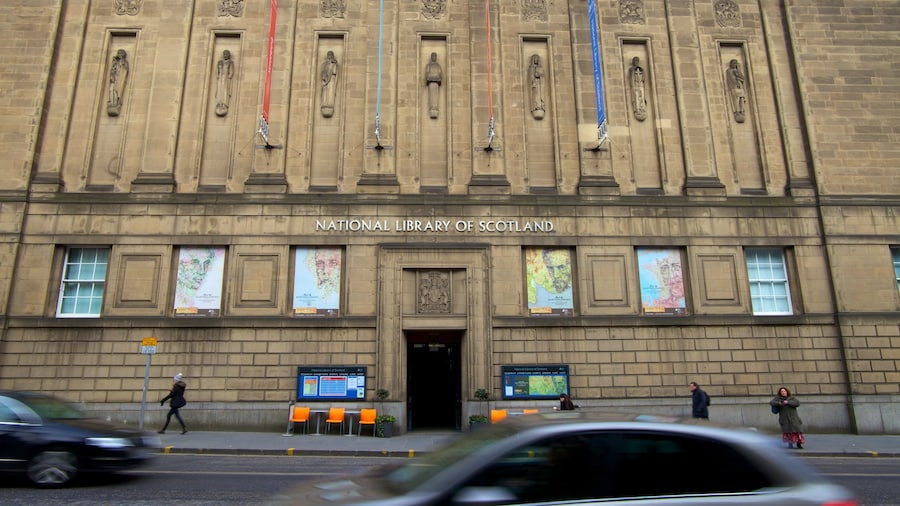Hike up a former active volcano that’s only a few minutes from the city center and enjoy impressive views of Edinburgh.
Enjoy a hill walk up a reminder of Edinburgh’s volcanic roots. Arthur’s Seat is part of a large extinct volcano that last erupted more than 350 million years ago. Visible from most parts of Edinburgh, the rocky peak rises to a height of 823 feet (251 meters). From a distance, the landmark resembles a crouching lion. The true origin of its name is unknown though there are two principal competing theories. One is that the hill is named after King Arthur. The other is that the name is a distortion of “Ard-na-Said,” a Gaelic phrase meaning “Height of the Arrows.”The ascent is considered to be fairly straightforward no matter which route is taken, although the summit is rocky and exposed to the wind. The walk to the top is just under 3 miles (4.8 kilometers) and can take between 30 minutes and a couple of hours, depending on how fast you walk and the path you take. Visitors not used to hill walking may find the ascent difficult.As you make your way up, watch for the evidence of lava flows, the mounds of dark gray basalt rock. Once you reach the top, stay a while and enjoy elevated views of the city. Many people consider the best views are to the west, looking out over the castle and the city’s Old Town and New Town. You can also see across the Firth of Forth to Fife. On clear days it’s possible to make out the Highlands. On the eastern side of the summit you’ll see two stony banks, remnants of an Iron Age hill fort.Arthur’s Seat is situated in Holyrood Park in the center of the city, a short walk from The Royal Mile. The walk starts near the visitor car park of Palace of Holyroodhouse, which is serviced by buses from central Edinburgh.



